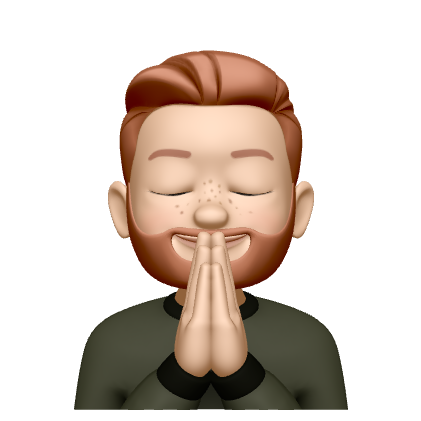There’s No Needle in the Haystack
If there’s one thing that’s stuck with me from attending a JTBD interview workshop with Bob Moesta and Greg Engle, it’s this mindset of how to approach customer interviews: You’re trying to uncover patterns across different stories – and not to find the needle in a haystack!
A few years ago, I was working on a project that involved interviewing a bunch of store2be customers. I was new in my role as a Product Manager and joined by our CPO on that particular project. To make sure we’d get the most of these interviews, we put together an interview guideline with all the many questions that we felt we needed to ask. Once we had exhausted our list of questions, we then circulated the document across teams, to invite others to get their questions in as well. Because … you never know when you might get the next chance to talk to these customers again.
Needless to say that the interviews did not go to plan. We had at least four pages of questions. We either rushed the interviewees through this long list or – if we allowed a conversation to unfold – we only ever got through a fraction of it before we ran out of time. It wasn’t a great experience, and as far as I can remember, the project did not yield any memorable insights. We did some interviews, but that’s all we did.
I think this story resonates with a lot of people whose roles involve user research. For the longest time. I’ve had a latent anxiety that I was going to miss something, going to forget that one all important question that uncovers all the secrets.
The problem with this is that it’s looking at things on the wrong scale. A customer interview is not done in isolation. It’s usually part of a larger research endeavor to answer a specific research question. It’s a piece of a puzzle, and not the puzzle itself. By the way, that was another problem in the project I mentioned above: We did interviews because a goal that quarter was to do 15 interviews!
Here’s how I’ve since shifted my mindset on the basis of Bob’s & Greg’s advice, and am now approaching interviews with a lot more ease: You are not trying to get to 100% in any particular interview. There is no needle in this haystack. You are trying to spot patterns across different interviews, to understand how things relate in a more general way. So in any particular interview, check to see if the story you’re hearing makes sense, if there are holes in it or whether you could recount it with the same conviction as the interviewee. If you can, the interview was a success. And if there are holes, keep digging. That’s as much structure as I now need for my interviews.
